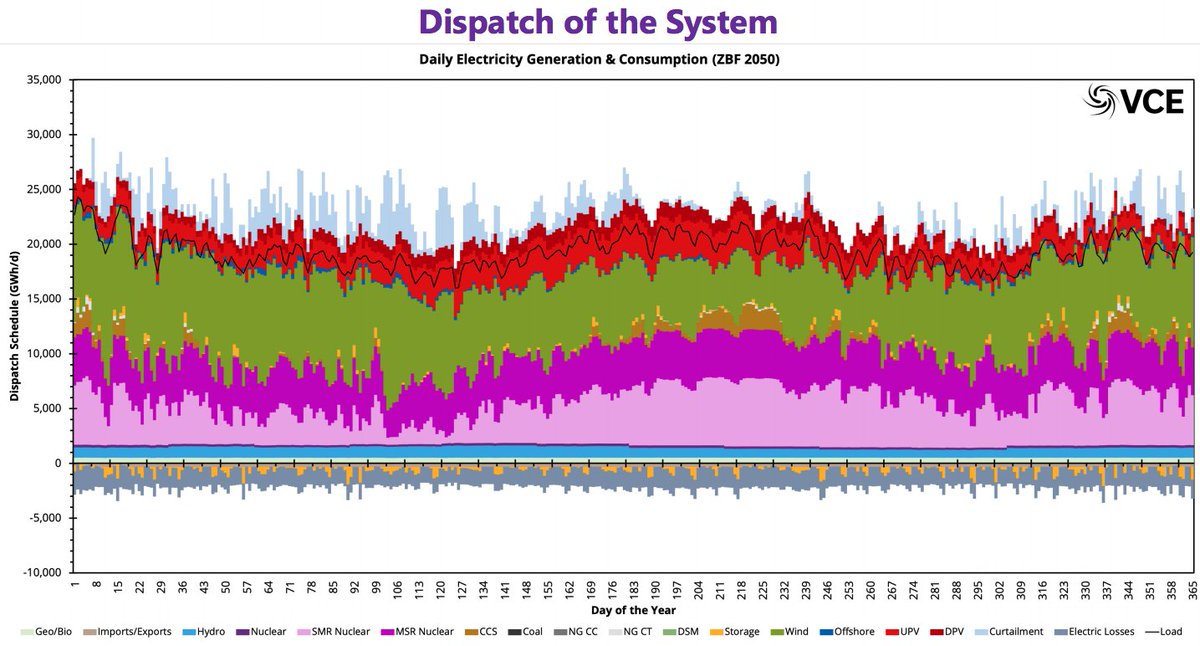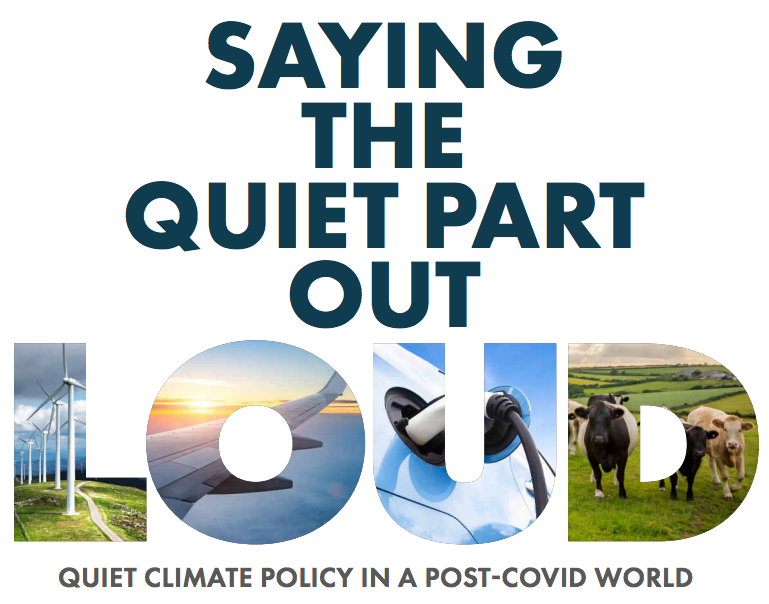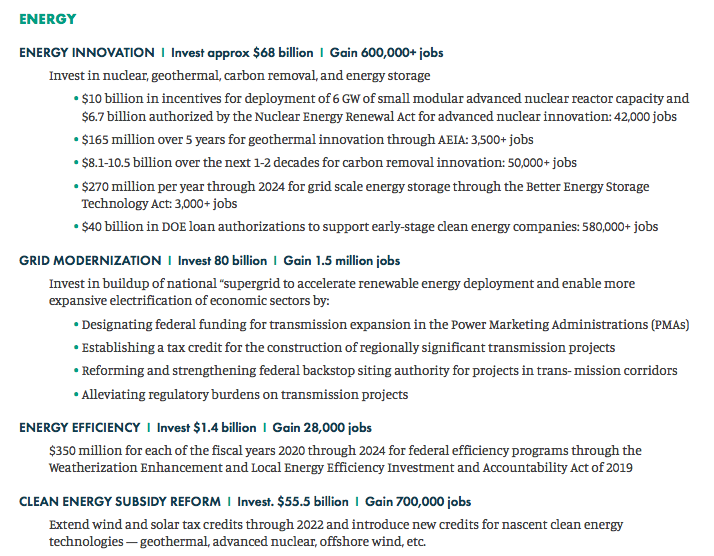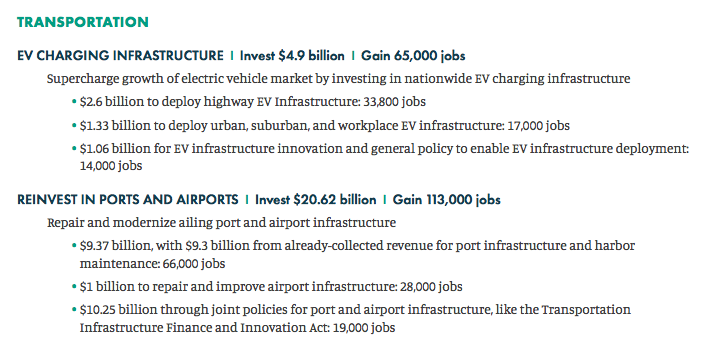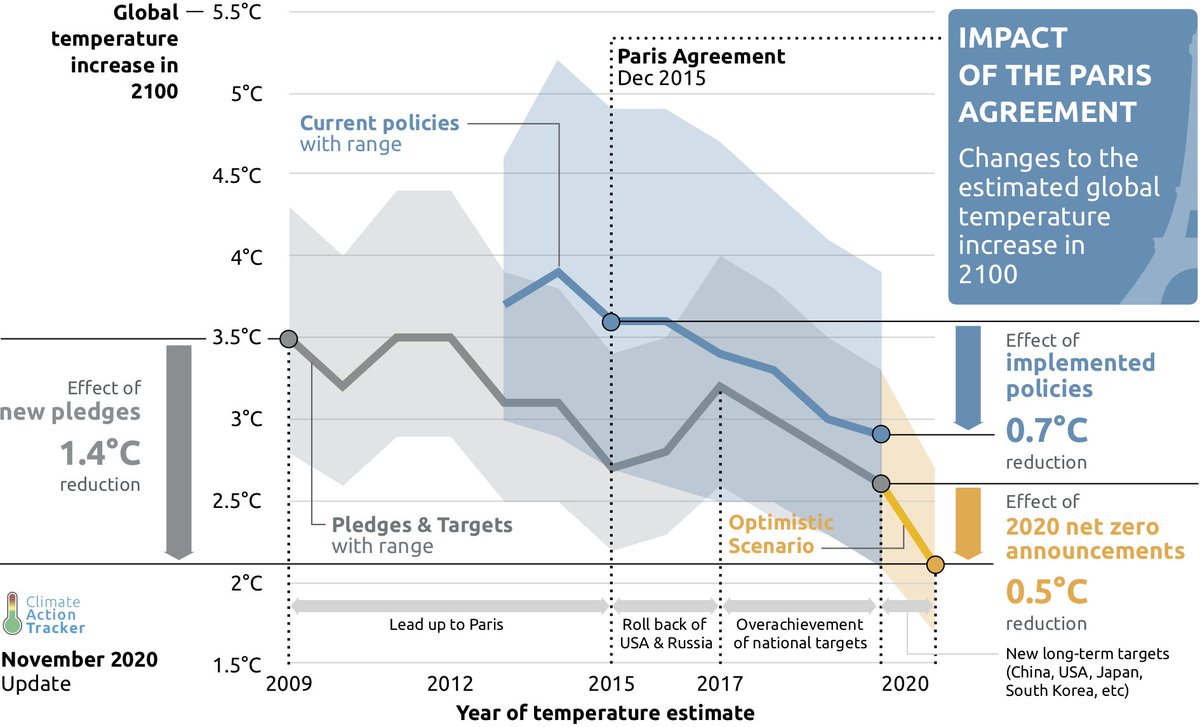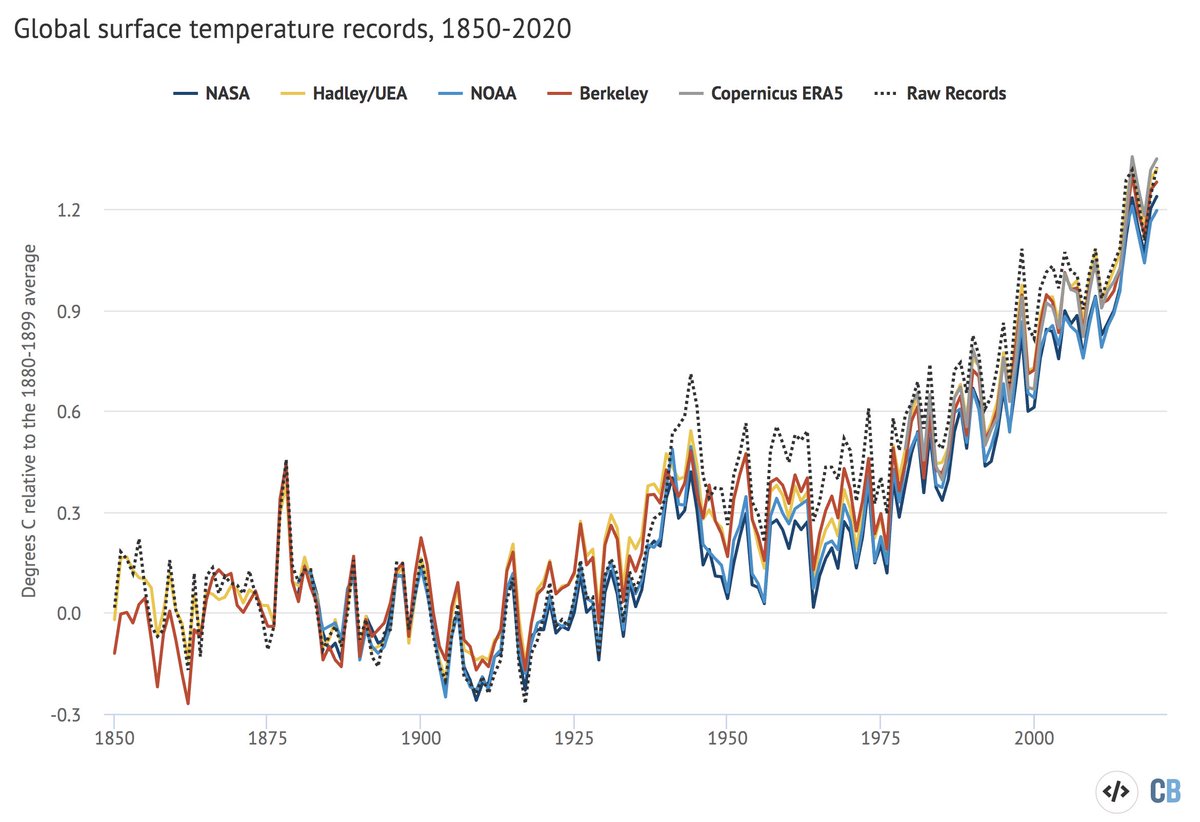
There was quite the epic energy twitter thread yesterday involving dozens of different folks. Unfortunately Twitter makes it rather difficult to read the whole thing, so I wanted to highlight one set of discussions for potential follow-up:
https://twitter.com/SimonMahan/status/1354073366324514826
Based on a discussion of differences between @JesseJenkins's GenX model and @DrChrisClack's WIS:dom model, I brought up the idea of a CMIP-like process to compare outputs given a common set of inputs/scenarios, similar to whats done in EMF for IAMs today:
https://twitter.com/hausfath/status/1354554828043608067
Jesse suggested that he is working with EDM to fundraise for something like this:
https://twitter.com/JesseJenkins/status/1354556998201847815
@jcarnott of @aspenglobal, where a lot of the CMIP process was brainstormed, was excited about opportunities to make this happen
https://twitter.com/jcarnott/status/1354576617033658369
@daniel_huppmann suggested EMF37 is just starting around of model comparisons on "High Electrification Scenarios for North America" that might be a good opportunity for participation
https://twitter.com/daniel_huppmann/status/1354770761756659712
Other similar work on intermodel comparison is being done by @candiselhenry:
https://twitter.com/jfdecarolis/status/1354769375442722820
@thefreemanlab and @dcullenward offer to help open-source energy systems planning/optimization models
https://twitter.com/thefreemanlab/status/1354661704756457474
Seems like there might be a lot of opportunities here for collaboration between different groups to make this happen! Would be nice to see more projects come out of energy twitter discussions. @ramez @MLiebreich @ZaneSelvans @cody_a_hill
*EDF, that is. I suppose Jesse might be listening to EDM while fundraising for it 😉
• • •
Missing some Tweet in this thread? You can try to
force a refresh




